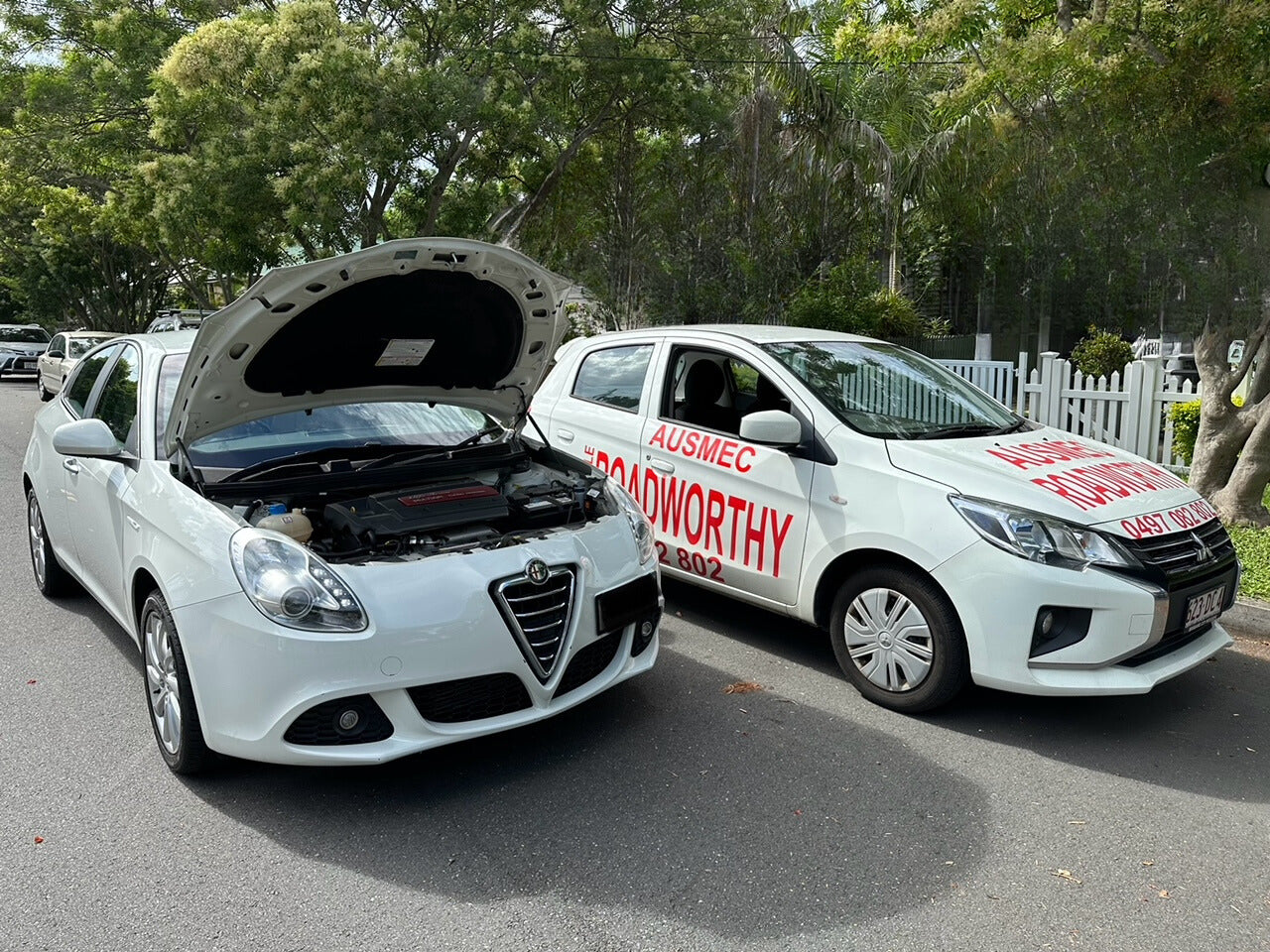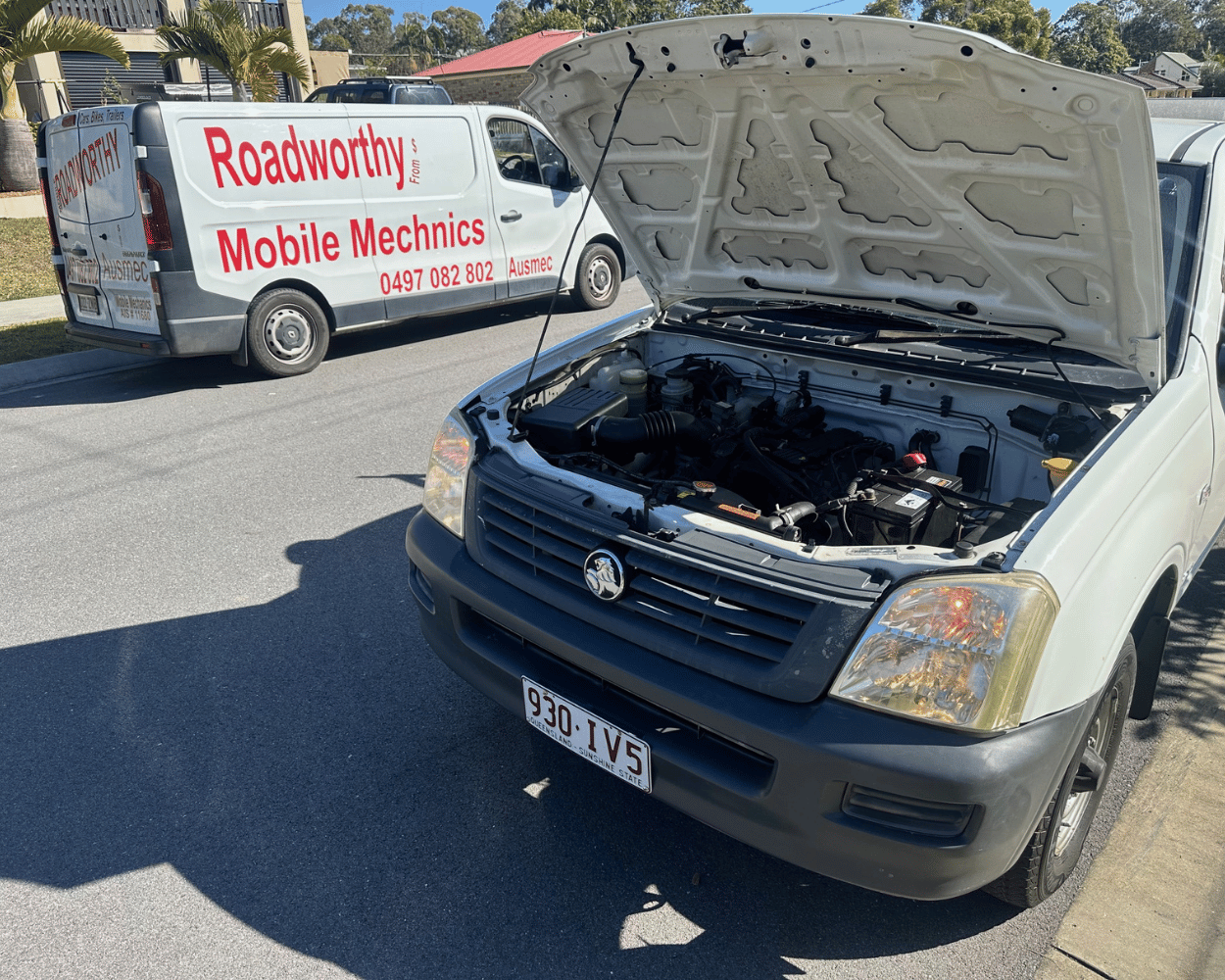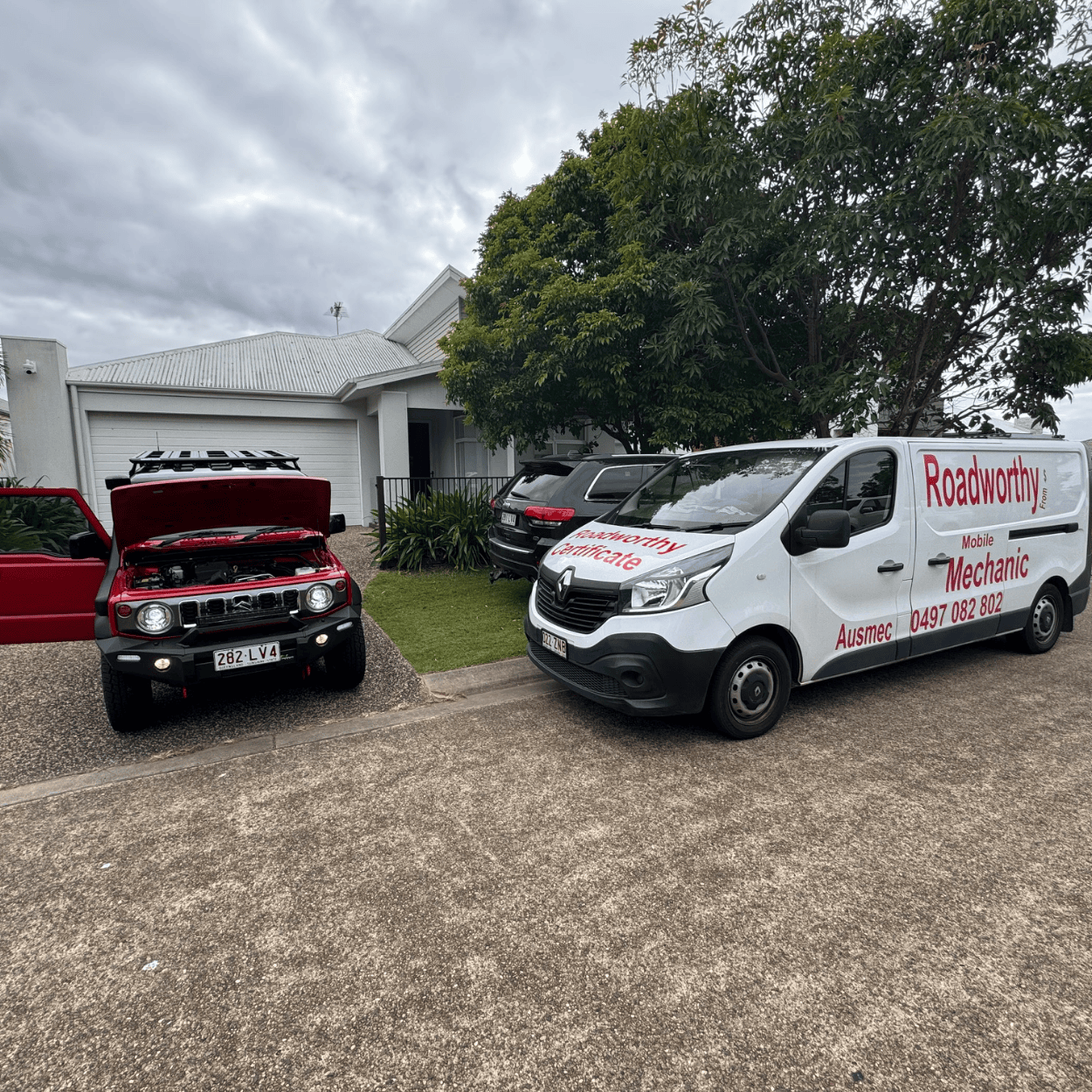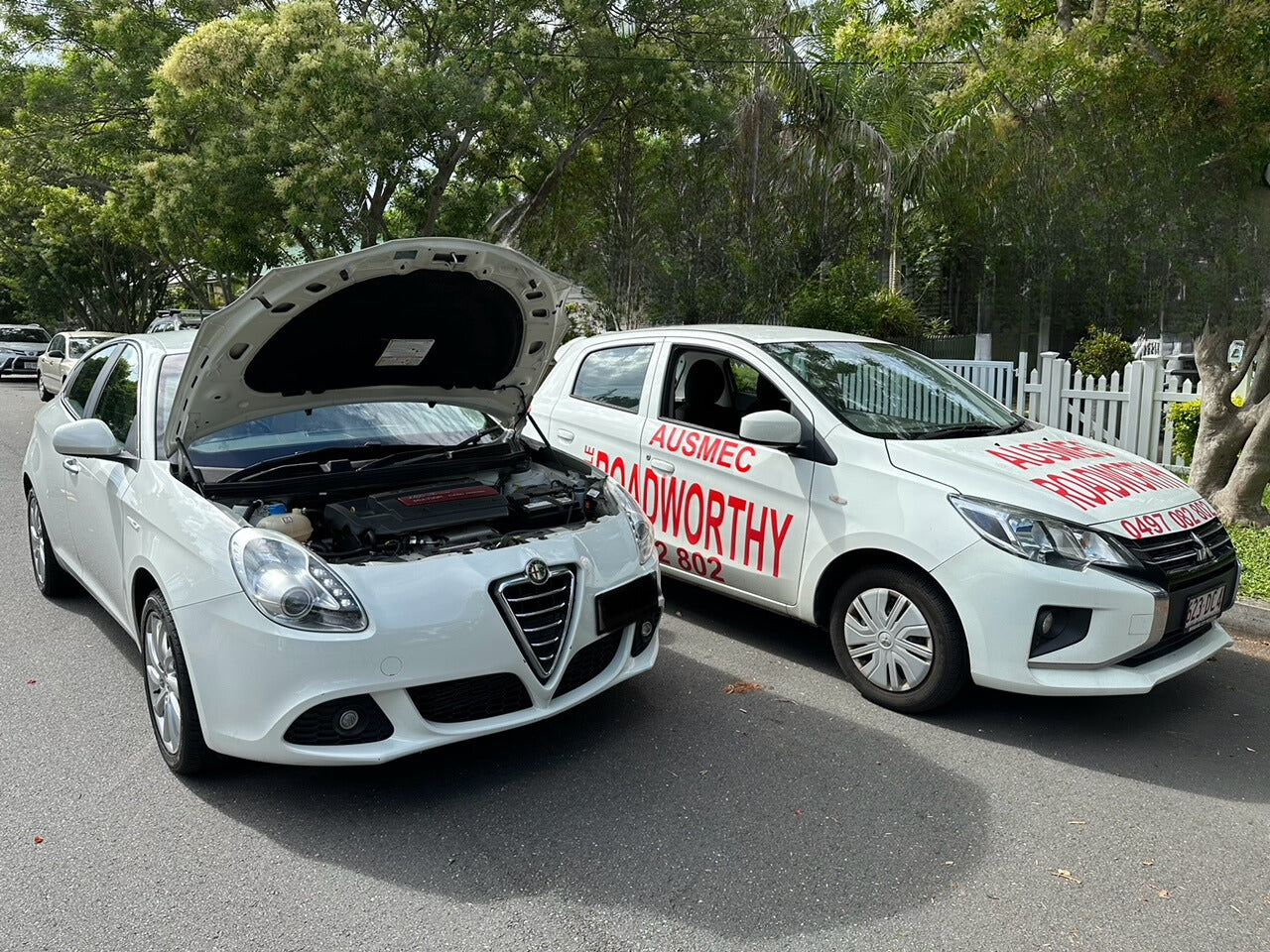Roadworthy Trailers and Caravans Brakes
Brakes for Light Trailers (QLD LVI Manual):
The exact brake requirements for light trailers in the Queensland LVI Manual will depend on the specific trailer type and its Aggregate Trailer Mass (ATM). However, we can expect the following general principles:
-
Braked Trailers (ATM Above a Certain Threshold):
- Trailers exceeding a specific ATM (likely indicated in the LVI Manual) must be equipped with a functional braking system.
- The braking system's effectiveness will be assessed during a light trailer inspection. This likely involves checking for:
- Proper connection to the towing vehicle's braking system
- Functionality of braking components (e.g., brake pads, drums, discs)
- Absence of leaks in hydraulic systems (if applicable)
- Sufficient braking force to bring the trailer to a safe stop
-
Unbraked Trailers (ATM Below a Certain Threshold):
- Trailers under a specific ATM (indicated in the LVI Manual) may not be required to have brakes.
- However, the LVI Manual might recommend brakes for certain unbraked trailers based on factors like:
- Trailer size and weight
- Intended use (e.g., carrying heavy loads)
- Operating conditions (e.g., steep hills)
Additional Points to Consider:
- The LVI Manual might specify requirements for the brake type (e.g., over-run brakes, electric brakes) based on the ATM and trailer design.
- The manual may also outline inspection procedures for specific brake components and their actuation mechanisms.
- Emergency breakaway systems for trailers with brakes might be mandated in the LVI Manual.
Locating Specific Requirements:
To obtain the exact brake requirements for your light trailer in Queensland, it's recommended to:
- Consult the relevant sections of the Queensland Light Vehicle Inspection Manual (LVI Manual).
- Search for the specific section dedicated to light trailer brakes, which might be based on ATM categories.
- If the LVI Manual is unclear, contact the Department of Transport and Main Roads (TMR) Queensland for clarification.
By following these guidelines, you can ensure your light trailer's braking system complies with Queensland regulations and promotes safe towing practices.
Summary of Brake System Rejection Reasons in the Queensland LVI Manual (marked with a T)
The LVI Manual outlines various reasons why a trailer's brake system might fail an inspection. Here's a breakdown of the key points focusing on failures marked with a "T":
General Brake System Issues (T):
- Leakage: Any leaks in brake components (e.g., hoses, chambers) can compromise braking effectiveness (T).
- Damaged or Insecure Components: Loose, broken, or damaged brake components like cables, brackets, or chambers can lead to brake failure (T).
- Inoperative Components: Seized, corroded, or excessively worn brake components will not function properly (T).
- Trailer Interconnection: Faulty or unsecured trailer brake hoses or couplings can prevent proper brake operation (T).
Brake System Operation (T):
- Trailer Brake Inoperability: When the towing vehicle's brake controls are applied, the trailer brakes must also engage (T). This ensures both the towing vehicle and trailer slow down effectively.
- Inoperative Parking Brake: Trailers with a Gross Mass exceeding 0.75 tonnes but not exceeding 2.0 tonnes must have a parking brake that functions properly (T). This is crucial for preventing trailer movement when uncoupled.
- Insufficient Braking Force: Trailers exceeding 2.0 tonnes GTM must have brakes on all wheels. The brake system must be capable of stopping the trailer within specified distances (T).
- Breakaway System Failure: Trailers exceeding 2.0 tonnes GTM must be equipped with a functional breakaway system (T). This system automatically applies the brakes if the trailer disconnects from the towing vehicle.
Additional Points:
- Double-line braking systems on trailers must automatically apply and stay applied for at least 15 minutes after disconnecting the control and supply lines from the towing vehicle (T).
- Ensure proper brake pedal travel and functionality to achieve sufficient braking pressure (T).
Remember:
- This summary highlights key rejection reasons marked "T" related to brakes on trailers.
- For the most accurate and comprehensive information, refer directly to the relevant sections of the Queensland Light Vehicle Inspection Manual (LVI Manual).
- The LVI Manual might specify different requirements for trailers based on their Gross Mass (GTM) and category.
By ensuring your trailer's brakes comply with the LVI Manual regulations, you contribute to safe towing practices and minimize the risk of accidents on the road.
Contact form
Ausmec Mobile RWC & Mechanics
Mobile Roadworthy (Safety certificate)
Share




